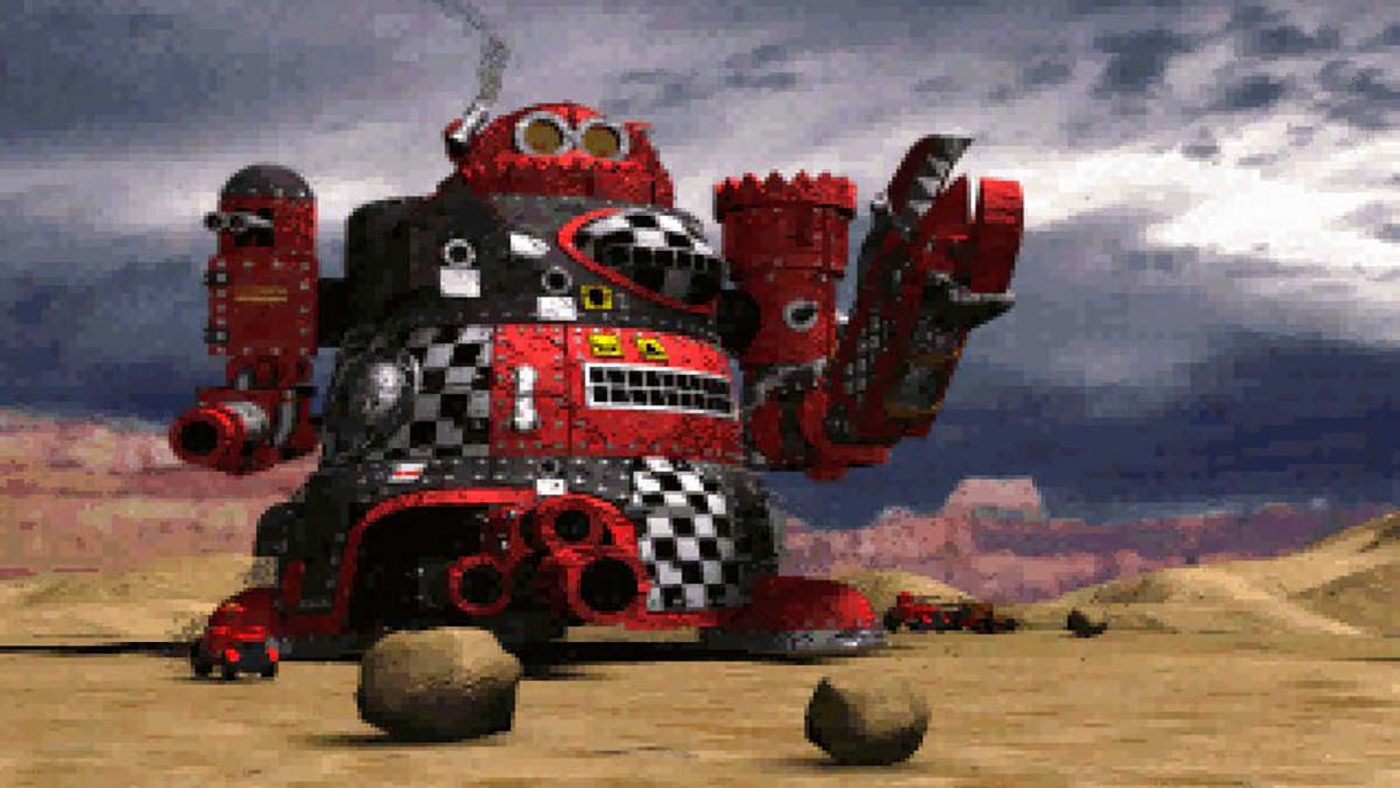In 1997, the gaming world was graced with Final Liberation: Warhammer Epic 40,000, a turn-based strategy game that aimed to encapsulate the grandeur and complexity of the tabletop game Epic 40,000. Developed by Holistic Design and published by SSI, Final Liberation endeavoured to bring the intricate battles of the Warhammer 40K universe to the digital realm. For many fans of the tabletop game, this was a dream come true, offering a new way to engage with the vast and grimdark universe of Warhammer 40K.
Translating Epic 40K to the Digital Realm
Final Liberation made a commendable effort in translating the Epic 40,000 tabletop experience into a video game format. Epic 40,000, known for its large-scale battles involving massive armies, presented a significant challenge in adaptation due to its depth and complexity. The developers managed to capture the essence of these epic confrontations through detailed unit models, strategic depth, and a robust turn-based system.
The game featured a hex-based map, allowing for strategic manoeuvring reminiscent of the tabletop game’s grid system. While not every nuance of the tabletop rules made the transition, Final Liberation successfully maintained the core mechanics that defined Epic 40,000, such as command structure and unit variety. The inclusion of morale, line of sight, and varied terrain effects added layers of strategy that tabletop players appreciated.
Factions and Their Unique Flavors
Final Liberation offered two primary factions: the Imperium of Man and the Orks. Each faction was meticulously designed to reflect their tabletop counterparts, both visually and in gameplay mechanics.
The Imperium of Man, with its disciplined regiments of Imperial Guard and towering Titans, played as a well-rounded and versatile force. Players could deploy infantry, tanks, artillery, and the formidable Titans, each with distinct strengths and tactical uses. The Imperial Guard excelled in ranged combat and defensive tactics, embodying the strategic depth of human military might.
In contrast, the Orks brought chaos and sheer brute force to the battlefield. Known for their ramshackle vehicles and ferocious infantry, the Orks relied on overwhelming numbers and close combat prowess. The Ork faction in Final Liberation captured the essence of their tabletop persona, with units that emphasized speed, aggression, and unpredictability, making them a thrilling choice for players who preferred a more reckless approach to warfare.
Campaign and Skirmish Modes
Final Liberation featured both a campaign mode and skirmish mode, catering to different play styles and preferences. The campaign mode offered a narrative-driven experience, following the conflict between the Imperium and Orks on the planet Volistad. Players assumed the role of an Imperial commander, tasked with reclaiming the planet from the Ork invasion. The campaign provided a series of progressively challenging missions, each with specific objectives that required strategic planning and resource management.
Skirmish mode, on the other hand, allowed for standalone battles with customizable scenarios. Players could select their factions, choose the battlefield, and set victory conditions. This mode provided a sandbox for experimentation and honing tactical skills, offering replayability and variety beyond the structured campaign.
Customization options in Final Liberation were somewhat limited compared to modern standards, but players could tailor their armies to an extent. Choosing unit compositions and strategizing deployment played crucial roles in achieving victory, mirroring the customization aspect of the tabletop game.
Reception and Legacy
Upon its release, Final Liberation received a warm reception from both critics and fans of the Warhammer 40K universe. Praised for its faithful representation of Epic 40,000, the game was lauded for its strategic depth, visual fidelity, and engaging gameplay. The detailed unit designs and atmospheric music contributed to an immersive experience that resonated with the Warhammer community.
Final Liberation’s success helped pave the way for future Warhammer 40K video games. Its positive reception demonstrated the potential for digital adaptations of tabletop games, encouraging further exploration of the Warhammer 40K universe in various genres and formats. Subsequent titles, such as the Dawn of War series, benefited from the foundation laid by Final Liberation, continuing to expand the franchise’s presence in the gaming industry.
In retrospect, Final Liberation: Warhammer Epic 40,000 stands as a significant milestone in the history of Warhammer video games. It captured the epic scale and strategic complexity of the tabletop game, offering an experience that resonated with both veteran players and newcomers to the Warhammer 40K universe. Its legacy endures, remembered fondly as a trailblazer that brought the grimdark future of Warhammer 40K to life in the digital realm.


